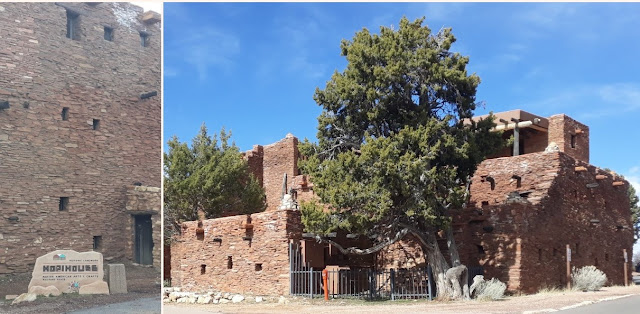The inner circle is where the mining operations took place. On the right is the Visitor's Center, Gift Shop and Theater. Fun facts - in 1984 the movie Starman was filmed here. It tells the story of a humanoid alien (Jeff Bridges) who has come to Earth in response to the invitation found on the gold phonograph record installed on the Voyager 2 space probe. Second Fun Fact - Astronauts trained here, conducting mapping and surveying drills in and around the crater for moon landings. Today, astronauts are tutored for planetary surface operations, which require different talents than those needed for past space shuttle flights and work on the International Space Station.
|





































































